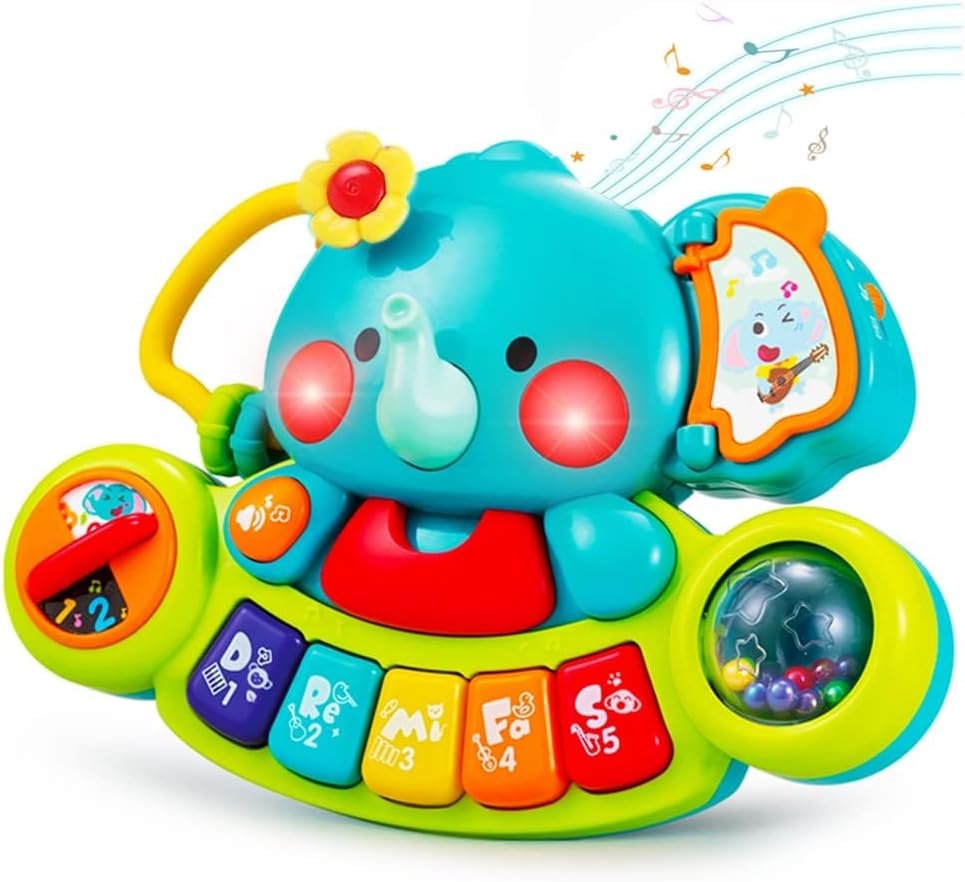Attachment is a critical factor in a baby’s development, influencing their social, emotional, and physical growth. In the article “How To Create a Secure Attachment With Your Baby,” the author explores the concept of secure attachment and its importance. They explain that a secure attachment bond is formed through wordless, emotional exchanges between the caregiver and the baby, fostering a sense of safety and trust. The article also discusses the different attachment styles and highlights the benefits of developing a secure attachment with the baby. Additionally, the author provides practical tips for creating a secure attachment, such as recognizing and responding to the baby’s needs, self-care for the caregiver, and engaging in enjoyable activities with the baby. Despite the challenges that may arise, the article emphasizes that with persistence and support, any parent can cultivate a secure attachment bond with their baby.
Read more about the latest articles
What Is Secure Attachment?
Attachment is the unique relationship or bond between a caregiver and their baby. A secure attachment bond is characterized by wordless, emotional exchanges that make the baby feel safe and calm. This bond is critical for the baby’s social, emotional, and physical development.
Definition of secure attachment
Secure attachment, according to psychology, refers to a primary caregiver’s sensitivity and responsiveness to a child’s needs. It creates a sense of trust, resilience, and confidence in the child. When caregivers are aware of and responsive to their child’s needs, the child develops a sense of security and learns to depend on their caregiver. This creates a secure base from which the child can explore the world.
Four main types of attachment
Attachment theories propose four main types of attachment. While secure attachment indicates that a baby feels safe and secure knowing they can depend on their caregiver, the other three types denote an insecure attachment bond. These insecure attachment styles can hinder a child’s development and their ability to form healthy relationships. The three additional attachment styles are:
1. Ambivalent Attachment
Children with ambivalent attachment may be suspicious of strangers and experience intense distress when separated from their primary caregiver. However, their caregiver often fails to comfort or reassure them upon their return and may even reject or be aggressive toward them.
2. Avoidant Attachment
Children with avoidant attachment typically avoid their caregivers, especially after a period of absence. They do not actively seek contact or comfort from their caregivers and often show no preference between their caregiver and a stranger.
3. Disorganized Attachment
Children with disorganized attachment display mixed and often contradictory attachment behaviors. They may respond to their caregiver in an avoidant or ambivalent manner and may feel apprehensive or confused by their caregiver’s presence.
Why Is Secure Attachment So Important?
Developing a secure attachment style with a baby is essential for their overall development. When caregivers meet their baby’s needs for security and safety, it allows their nervous system to develop optimally. Secure attachment provides a foundation of safety on which the baby’s brain can organize itself, making sense of the world around them. This secure early relationship helps the baby feel safe, explore their environment, and trust other people.
Benefits of secure attachment in infants include:
- Healthy self-awareness
- Improved ability to identify and express their needs and feelings
- Increased empathy
- Trust in others
- Eagerness to learn and achieve
- Independence and willingness to try new things
- Resilience and better stress management
- Strong problem-solving skills
- Positive relationships
- Higher self-esteem
- Lower risk of depression or anxiety
Read more about the latest articles
Tips for Creating a Secure Attachment With Your Baby
Creating a secure attachment style with a baby requires understanding and responsiveness to their needs. Here are some tips to help parents develop a secure attachment bond with their baby:
1. Eat, Sleep, Repeat
Establishing feeding and sleep routines builds a foundation for secure attachment. By interpreting and responding to their cues, such as distinguishing between hunger and fatigue cries, parents can meet their baby’s needs and develop a sense of trust.
2. Become a Detective
Observing and understanding a baby’s facial expressions, postures, and other cues can help parents figure out what the baby needs and respond accordingly. Different babies may have different preferences for comfort, so paying attention and learning from each interaction is key.
3. Look After Yourself
Taking care of one’s own well-being is crucial for being present and engaged with the baby. Asking for help or accepting help when offered, engaging in self-care activities, and finding time for relaxation and rejuvenation can contribute to a more secure attachment bond.
4. Manage Your Own Emotions
Managing parental stress and emotions is essential for creating a secure attachment bond. Babies can sense and be affected by their caregiver’s stress and anxiety. Finding ways to calm down or self-soothe before interacting with the baby, such as deep breathing or progressive muscle relaxation, can help create a calm and nurturing environment.
5. Have Fun With Your Baby
Engaging with the baby through eye contact, laughter, and smiles creates a positive and joyful connection. Making time for enjoyable interactions and play can strengthen the attachment bond and foster a sense of connection and comfort.
Challenges To Creating a Secure Attachment With Your Baby
While there is no set rulebook for creating a strong and secure attachment bond, various challenges can arise for both parents and babies. These challenges may affect the ability to develop a secure attachment style and include:
Parent-related challenges
- Sleep deprivation
- High levels of stress
- Lack of support
- Living in an unsafe environment
- Depression, anxiety, or other emotional problems
- Adverse childhood experiences, such as abuse, neglect, or a chaotic upbringing
- Drug and alcohol problems
Baby-related challenges
- Fussy or hard-to-soothe temperaments
- Problems during pregnancy or delivery
- Premature birth or intensive care unit stay
- Separation from the primary caregiver at birth
- Health issues from birth or early age
- Inconsistent caregivers
It’s important to remember that no parent is perfect, and creating a secure attachment bond is about quality and willingness to respond to a child’s needs. Seeking support, when needed, can help navigate these challenges and restore the attachment bond.













